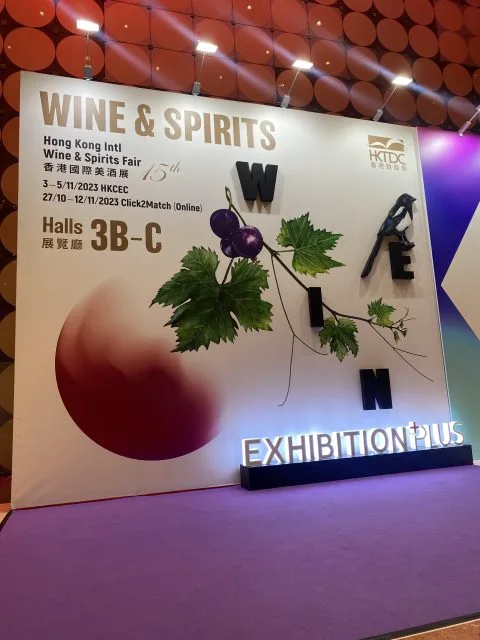In the northwestern part of Italy, by the foothills of the majestic Alps, lies Piemonte. One of the greatest wine regions in the world, and home to “Nebbiolo”, a native Italian grape whose name is derived from the Italian word “ Nebbia” which translates to “fog”. It is argued that the name was bestowed upon Nebbiolo, due to the deep, intense fog that sets into the Langhe region where many Nebbiolo vineyards are located.
Blessed with a moderate continental climate, and extended growing season, the tiny villages of Barolo and Barbaresco produce some of the best Italian wines.
With origins dating back to the 12th century, Nebbiolo is known to be a fussy grape, with a strong sense of place and sensitivity to terroir. Nevertheless, it tends to produce some of the greatest wines when grown on calcareous marls with south, or south-west facing slopes on high altitude. Well adapted to the soil of Piemonte, Nebbiolo is an early budding, late ripening grape with thin skin and small berries that produce complex wines that are capable of aging for decades.
Even though Nebbiolo finds its best expressions in Barolo DOCG and Barbaresco DOCG, both appellations produce different wines due to differences in soil, topography, and aging requirements.
While the main difference comes from the soil, aging requirements play a vital role in the complexity of the wine. Barbaresco’s soil has more nutrients and because of this, wines produced in Barbaresco don’t exude as much tannin as wines produced
This Article was originally published on Wines and Vines






